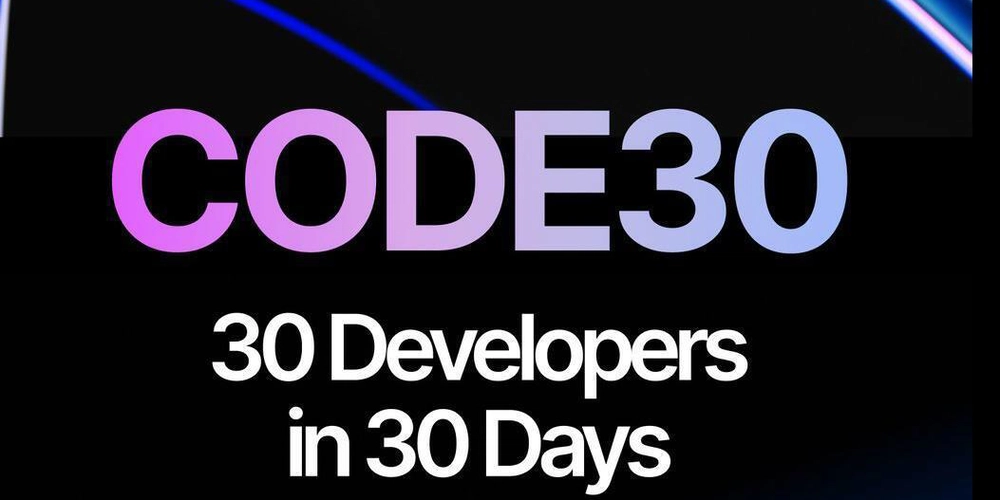Mastering Real-Time Collaborative Editing with Yjs and WebSockets
Mastering Real-Time Collaborative Editing with Yjs and WebSockets Building a collaborative editing tool — like Google Docs — is an ambitious but incredibly rewarding project. In this article, we'll explore how to achieve real-time collaboration in the browser using Yjs, a CRDT (Conflict-free Replicated Data Type) library, combined with WebSockets to sync shared state across users. Why Yjs? Yjs is a powerful framework for real-time collaboration. It handles conflict resolution, offline editing, and syncs efficiently. Unlike operational transformation (OT) algorithms, Yjs uses CRDTs that naturally converge without the need for a central server to resolve conflicts. Step 1: Setting Up the Project mkdir yjs-collab cd yjs-collab npm init -y npm install express ws yjs y-websocket Step 2: Creating a WebSocket Server // server.js const http = require('http'); const WebSocket = require('ws'); const setupWSConnection = require('y-websocket/bin/utils.js').setupWSConnection; const server = http.createServer(); const wss = new WebSocket.Server({ server }); wss.on('connection', (ws, req) => { setupWSConnection(ws, req); }); server.listen(1234, () => { console.log('WebSocket server running on ws://localhost:1234'); }); Step 3: Setting Up the Frontend // index.html Yjs Collaborative Editor import * as Y from 'https://cdn.skypack.dev/yjs'; import { WebsocketProvider } from 'https://cdn.skypack.dev/y-websocket'; import { yTextAreaBinding } from 'https://cdn.skypack.dev/y-textarea'; const doc = new Y.Doc(); const provider = new WebsocketProvider('ws://localhost:1234', 'room-1', doc); const yText = doc.getText('shared-text'); const textarea = document.getElementById('editor'); yTextAreaBinding(yText, textarea); Step 4: Testing It Out Open the HTML file in multiple tabs or browsers. All users will see real-time updates as they type into the shared textarea. Advanced Ideas Integrate with CodeMirror or Monaco Editor for rich collaborative coding Add user awareness (cursors, names, colors) via y-protocols/awareness Persist shared state with LevelDB or MongoDB Integrate auth for permissioned access to documents Conclusion Yjs and WebSockets provide a powerful foundation for building collaborative tools with minimal complexity. Whether you're building a shared editor, a whiteboard, or a note-taking app — this tech stack offers the scalability and flexibility you need. If this guide helped you, consider supporting my work: buymeacoffee.com/hexshift

Mastering Real-Time Collaborative Editing with Yjs and WebSockets
Building a collaborative editing tool — like Google Docs — is an ambitious but incredibly rewarding project. In this article, we'll explore how to achieve real-time collaboration in the browser using Yjs, a CRDT (Conflict-free Replicated Data Type) library, combined with WebSockets to sync shared state across users.
Why Yjs?
Yjs is a powerful framework for real-time collaboration. It handles conflict resolution, offline editing, and syncs efficiently. Unlike operational transformation (OT) algorithms, Yjs uses CRDTs that naturally converge without the need for a central server to resolve conflicts.
Step 1: Setting Up the Project
mkdir yjs-collab
cd yjs-collab
npm init -y
npm install express ws yjs y-websocketStep 2: Creating a WebSocket Server
// server.js
const http = require('http');
const WebSocket = require('ws');
const setupWSConnection = require('y-websocket/bin/utils.js').setupWSConnection;
const server = http.createServer();
const wss = new WebSocket.Server({ server });
wss.on('connection', (ws, req) => {
setupWSConnection(ws, req);
});
server.listen(1234, () => {
console.log('WebSocket server running on ws://localhost:1234');
});
Step 3: Setting Up the Frontend
// index.html
Yjs Collaborative Editor
Step 4: Testing It Out
Open the HTML file in multiple tabs or browsers. All users will see real-time updates as they type into the shared textarea.
Advanced Ideas
- Integrate with
CodeMirrororMonaco Editorfor rich collaborative coding - Add user awareness (cursors, names, colors) via
y-protocols/awareness - Persist shared state with LevelDB or MongoDB
- Integrate auth for permissioned access to documents
Conclusion
Yjs and WebSockets provide a powerful foundation for building collaborative tools with minimal complexity. Whether you're building a shared editor, a whiteboard, or a note-taking app — this tech stack offers the scalability and flexibility you need.
If this guide helped you, consider supporting my work: buymeacoffee.com/hexshift










































































































































































![[The AI Show Episode 144]: ChatGPT’s New Memory, Shopify CEO’s Leaked “AI First” Memo, Google Cloud Next Releases, o3 and o4-mini Coming Soon & Llama 4’s Rocky Launch](https://www.marketingaiinstitute.com/hubfs/ep%20144%20cover.png)


















































































































![[DEALS] The All-in-One Microsoft Office Pro 2019 for Windows: Lifetime License + Windows 11 Pro Bundle (89% off) & Other Deals Up To 98% Off](https://www.javacodegeeks.com/wp-content/uploads/2012/12/jcg-logo.jpg)





































![Is this too much for a modular monolith system? [closed]](https://i.sstatic.net/pYL1nsfg.png)






















































































































_Andreas_Prott_Alamy.jpg?width=1280&auto=webp&quality=80&disable=upscale#)
































































































![What features do you get with Gemini Advanced? [April 2025]](https://i0.wp.com/9to5google.com/wp-content/uploads/sites/4/2024/02/gemini-advanced-cover.jpg?resize=1200%2C628&quality=82&strip=all&ssl=1)













![Apple Shares Official Trailer for 'Long Way Home' Starring Ewan McGregor and Charley Boorman [Video]](https://www.iclarified.com/images/news/97069/97069/97069-640.jpg)
![Apple Watch Series 10 Back On Sale for $299! [Lowest Price Ever]](https://www.iclarified.com/images/news/96657/96657/96657-640.jpg)
![EU Postpones Apple App Store Fines Amid Tariff Negotiations [Report]](https://www.iclarified.com/images/news/97068/97068/97068-640.jpg)
![Apple Slips to Fifth in China's Smartphone Market with 9% Decline [Report]](https://www.iclarified.com/images/news/97065/97065/97065-640.jpg)




































































































































